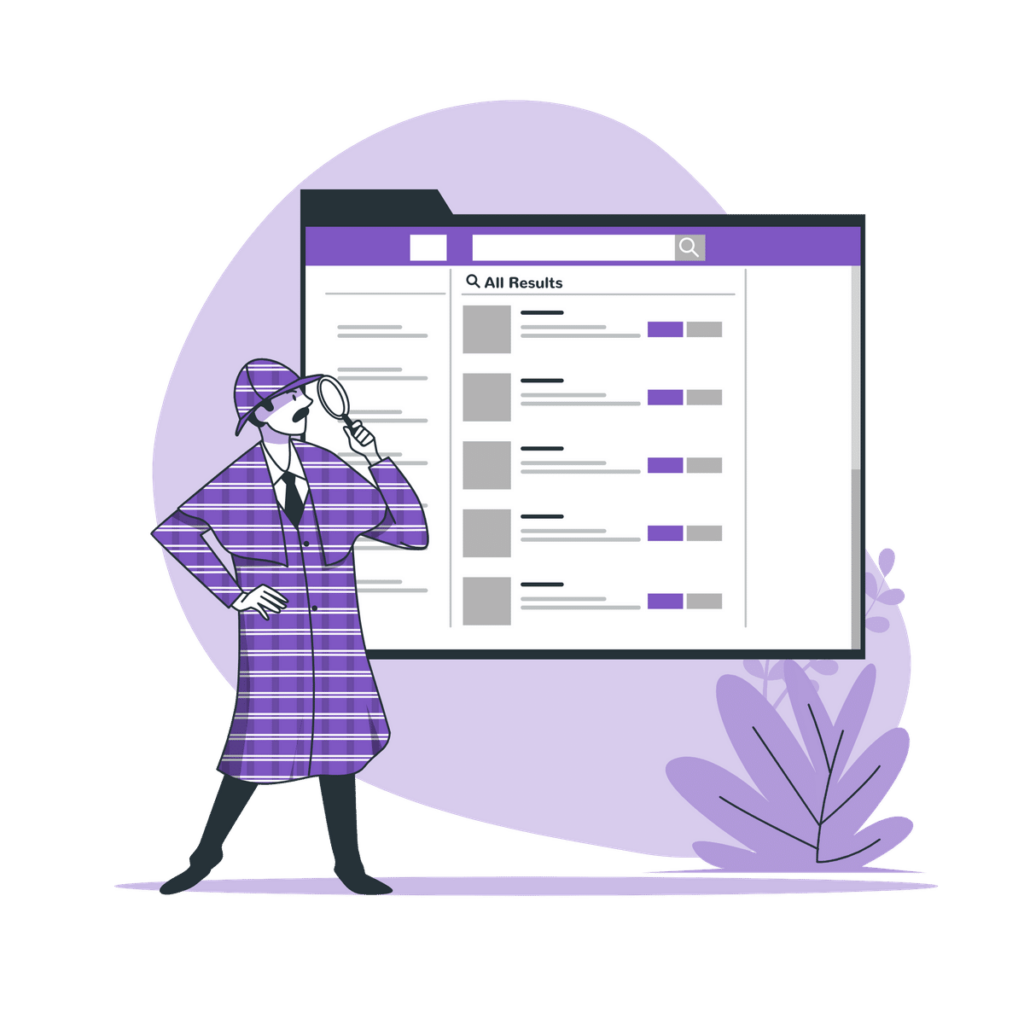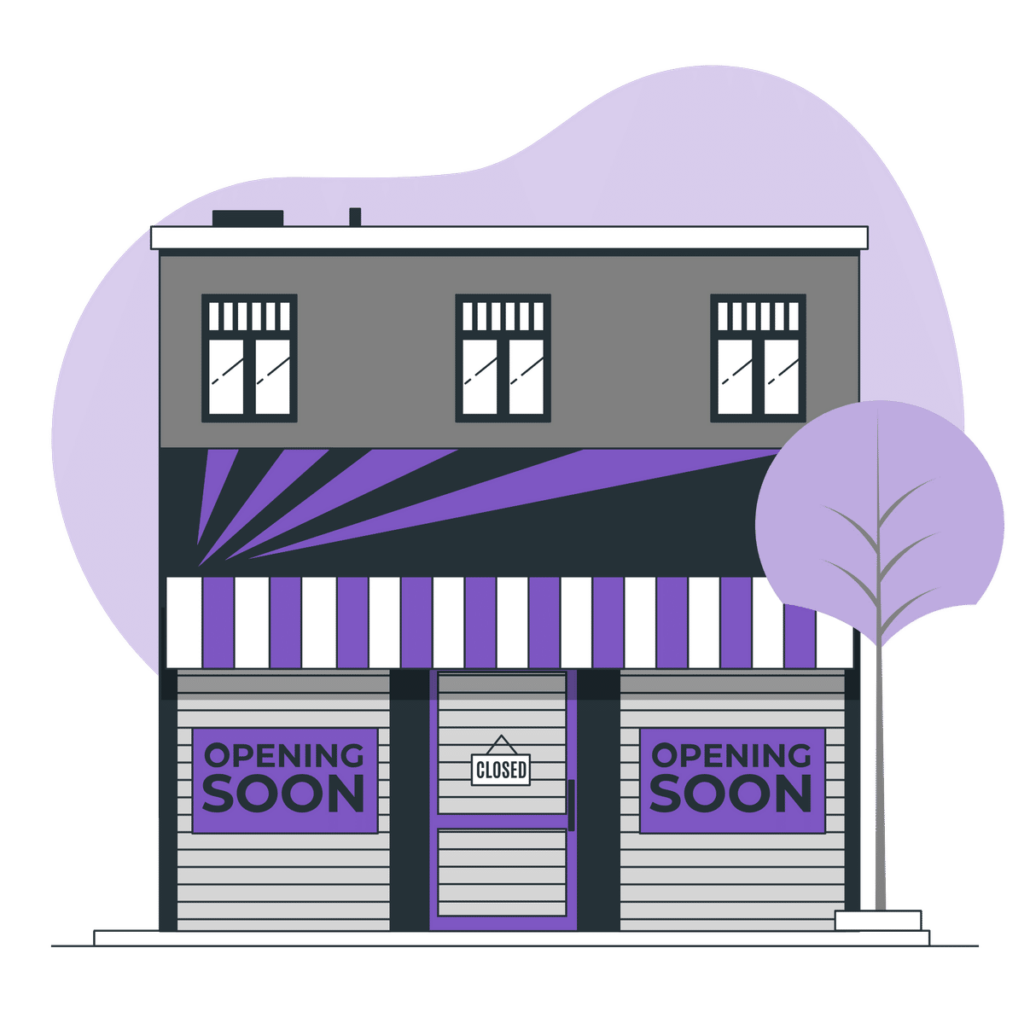Even if you are someone who’s an absolute newbie to the concept and practice of internet marketing, you still would’ve heard the term SEO (Search Engine Optimization).
SEO is basically a blanket term used to describe any improvements you make to your website in order to attain a higher ranking on search engine results. A higher position on search engines when users type in keywords or phrases that are relevant for your business.
Local SEO is simply to make sure that your business tops the list of search results when people in your area look for products and services related to the offerings to your company.

Wondering why exactly do you need this?
Well, It is important to have a strong local presence on the internet in order to not just rank higher in the web searches but also, to reach out to the right bunch of audience especially when your business is in multiple locations.
In such cases, the key is to streamline the marketing efforts. T
his can be done by designing different and unique content for the potential customers in these different areas.
(P.S: Everybody doesn’t understand the same language so follow the strategy of.. when you’re in Rome, do as the Romans do and elsewhere, do as they do.. )

This is important because people tend to include their locations while searching online
For instance, a drive-in café in New York, that’s when you make sure that your business pops on the top of the list when people look for the similar offerings as to your business in your area.
Here are some tips on how you can do local SEO for multiple locations right.
1. Understand What Your Competition Is Doing
In order to effectively implement the SEO for multiple locations, it is important to benchmark your business with the competition.
You can start off with a SWOT analysis of your company and then compare it with the visible SWOT’s of your competitors.

This will help you maneuver a better SEO strategy and further implement it in a way that it resonates with the needs of your target audience and influences them to work with your company.
2. Use A Single Domain
While operating your business in multiple locations, you might get tempted to work through different domains.
But you need to understand that doing that would mean a sheer waste of your marketing efforts.
It’s any day better to create distinct web pages on a website than creating all together separate domains for a single company.
This will help you rank better in search results for each of your locations.
3. Optimize Content For Each Location
You’ve created a page, optimized the tags and description, now it’s time to put up some localized content.

While doing so you can take into consideration the service description describing what your company offers.
Some commonly asked questions along with answers, pictures of your workplace, some crazy testimonials of your loyal clients and also a pinned map that could guide them to your business location.
4. Claim Your Google My Business
Google My Business is a service provided by Google for helping control how your business looks on Google and Maps.
By claiming it, you can optimize your profile for each location and can take a complete control of your business.

Just like using a single domain for all your locations, you can manage all your different locations through a single account.
Google my business allows you to manually add up to 10 locations on the same account and in case of more locations, you can use bulk location management and bulk verification to import and manage and also, verify all your accounts, respectively.
Other than Google, there are many other online host directories for local businesses. All you gotta do is keep a track of the directory use along with the locations you list over the same.
5. Link Building is Important
The more backlinks your website has, the better it is.
The quantity and quality of the backlinks to your website speaks loud and sends signals to Google about the authority of your website which can further help you get a better ranking in the searches.

You can do this by reaching out to a blogger in the area to check if they might be interested in promoting you or else, maybe earn links from local publications by sponsoring some events and inform these publishers and journalists if you have something newsworthy for them to go ahead with.
6. Don’t Jam-pack with Keywords
Having your content overly filled with keywords tends to give out an impression of being unreal to your readers and Google picks up on that too. For example, if your primary keyword is “split tickets”, mention the exact keyword a handful of times. You can use tools like Surfer SEO to give you a good estimate of keyword density.
7. Be Consistent with Citations
Online business citations are one of the keys to help you drive some potential leads and attract customers.

It’s important to be consistent on certain chords of the same, especially while citing your name, address and other contact details for each of your locations.
8. Get Reviews for Each of your Locations
97% of people read reviews for local businesses.
As a matter of fact, more than three quarter of your customers have relied on the online reviews given by the clients and these turn out to be a great social proof for the quality of offerings that bring on to the table.

You can do this either by sending your customers some survey mails or maybe asking them for feedback right after their purchase with you.
This not just gives you leads but also clear insights to the present scenario of your company and where all it can be altered to reach the position of being best.
Now, that you know exactly the hands on techniques that could help you reach the top with that whole bunch of audience in your hands, make the most of it and do not underestimate the value of Local SEO.
Did you like this blog? What are your thoughts?
Let us know in comments